Ida Applebroog at Hauser & Wirth: raw, confessional and darkly comical
At Hauser & Wirth Somerset, a major new show by Ida Applebroog takes viewers through a labyrinth of dark twists and sharp visions of the human condition
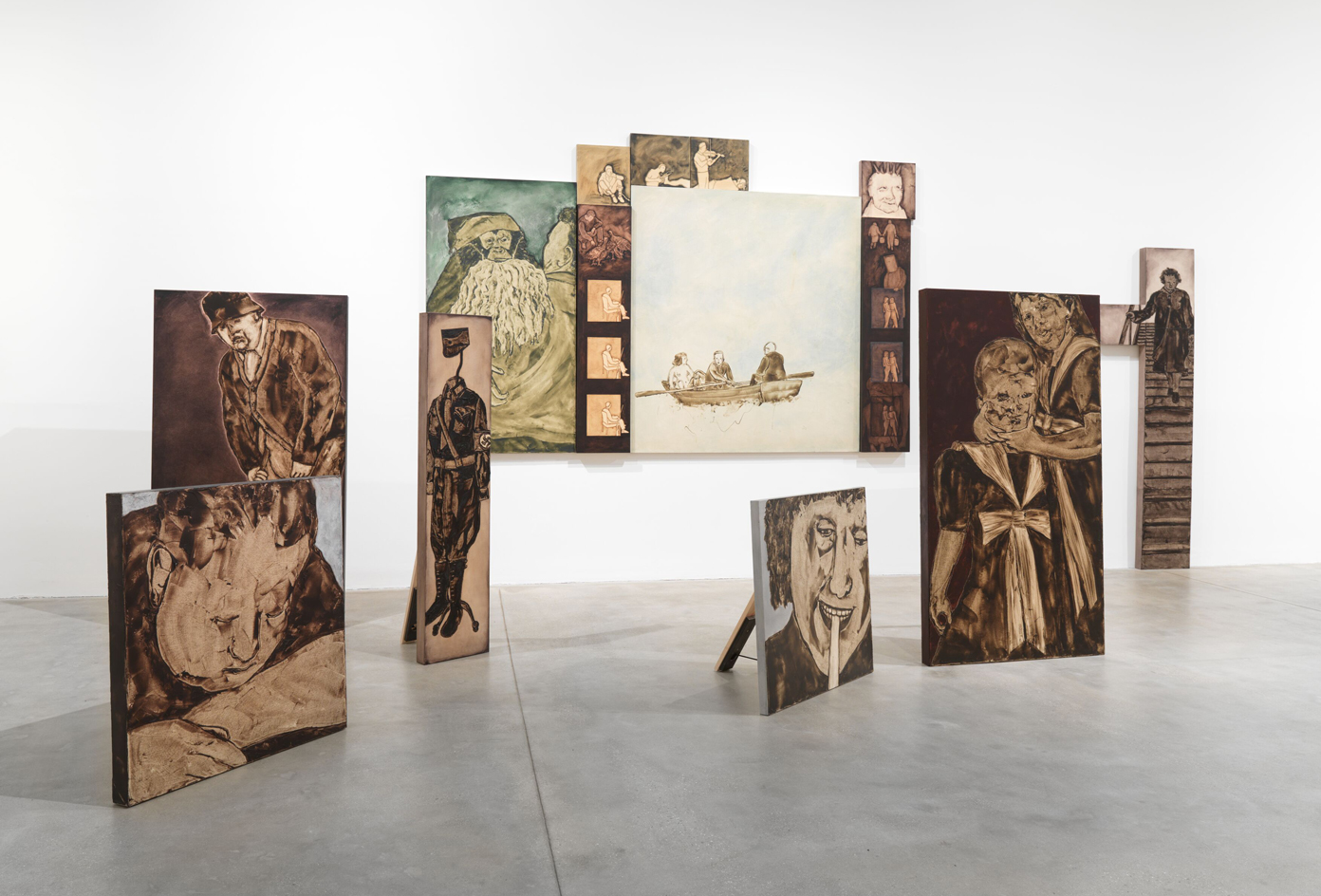
At 92, Ida Applebroog is still working away in her New York studio as she has done, on and off, for the last 50 years. But despite the long career and the indie pop star moniker, Applebroog has flown under the art star radar. She could have been a Kusama (with whom she shares a birth year and familiarity with psychiatric care), Kruger or Bourgeois, but something didn’t click or prevailing forces, personal and political, went against her.
‘Ida Applebroog: Right Up to Now 1969 – 2021’, a new show at Hauser & Wirth Somerset, makes clear that Applebroog, however underappreciated, is a key figure in American feminist art and American art per se. But also that her work, often raw, confessional, often dealing with dysfunctional relationships and male aggression, also has a dark wit, a way with aphorisms and an illustrator’s fine, engaging line. (The show is an edit of a larger survey that ran last year at Museo Reina Sofía in Madrid, the timing more evidence, perhaps, that the fates are determined on maintaining her low profile.)
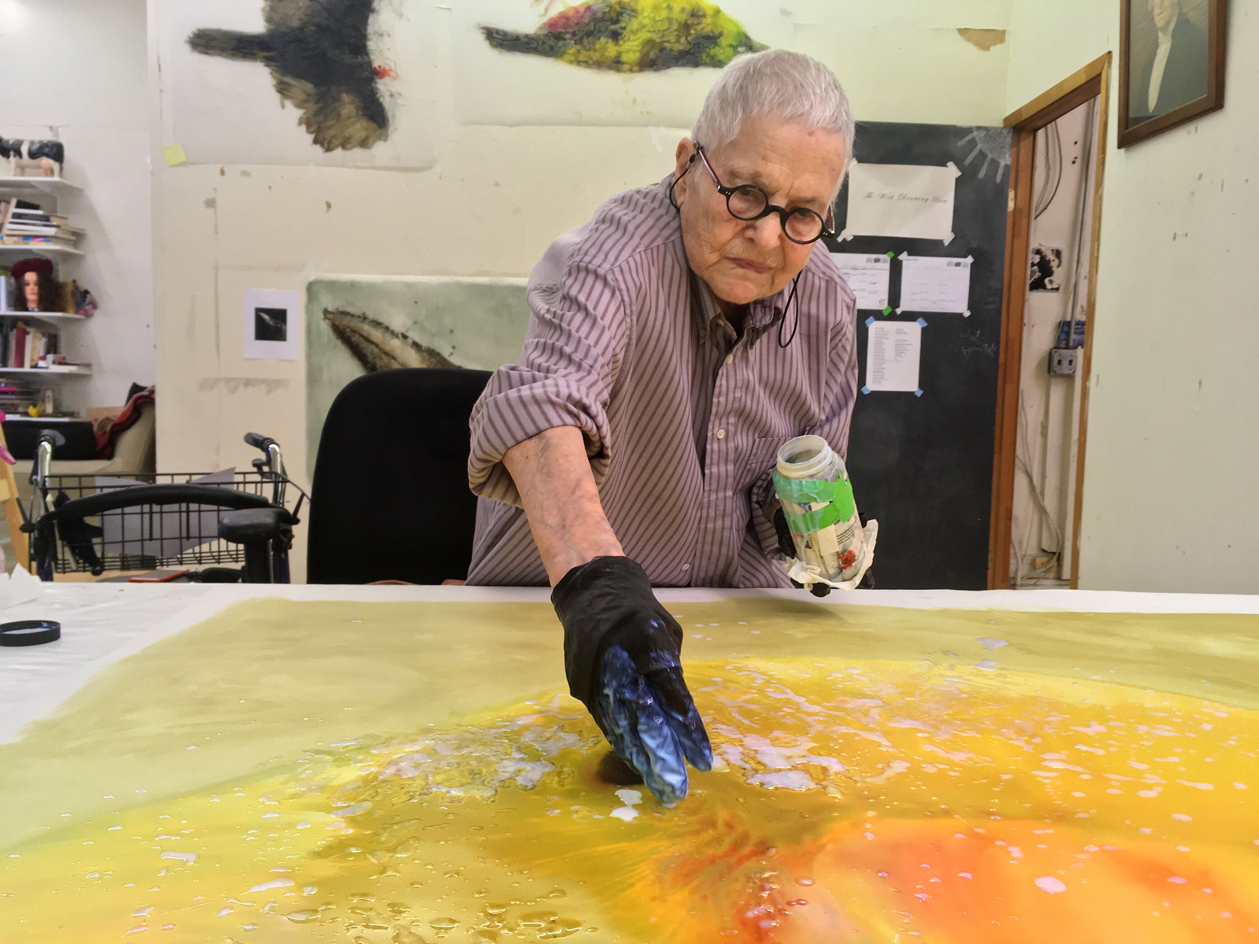
Ida Applebroog in her studio, 2018. Ida Applebroog
Applebroog is a name to conjure with and indeed she did magic it up, dropping her married name, Horowitz, and taking part of her maiden name, Applebaum. The renaming marked new momentum in her art career in the mid-1970s but it was not a happy rebirth, coming after a voluntary stretch in the psychiatric wing of San Diego’s Mercy Hospital for the treatment of deep depression.
Born to a strict orthodox Jewish family in the Bronx in 1929 – she was one of three girls, a series of disappointments to her parents, gender-wise at least. Applebroog studied graphic design and worked in the art department of an advertising agency (suffering Mad Men-style harassment and mauling) before freelancing as an illustrator for children’s books and greeting cards and taking a job in the art department of New York Public Library. (She might have become, had fate twisted in a different direction, the darker kind of New Yorker cartoonist or perhaps a feminist Robert Crumb.)
Instead, the family moved to Chicago in 1956 where Applebroog took art classes at the School of the Art Institute of Chicago, and then on to San Diego in 1968 where, aged nearly 40 and married with four children, her mental health quickly deteriorated. She was no fan of San Diego.
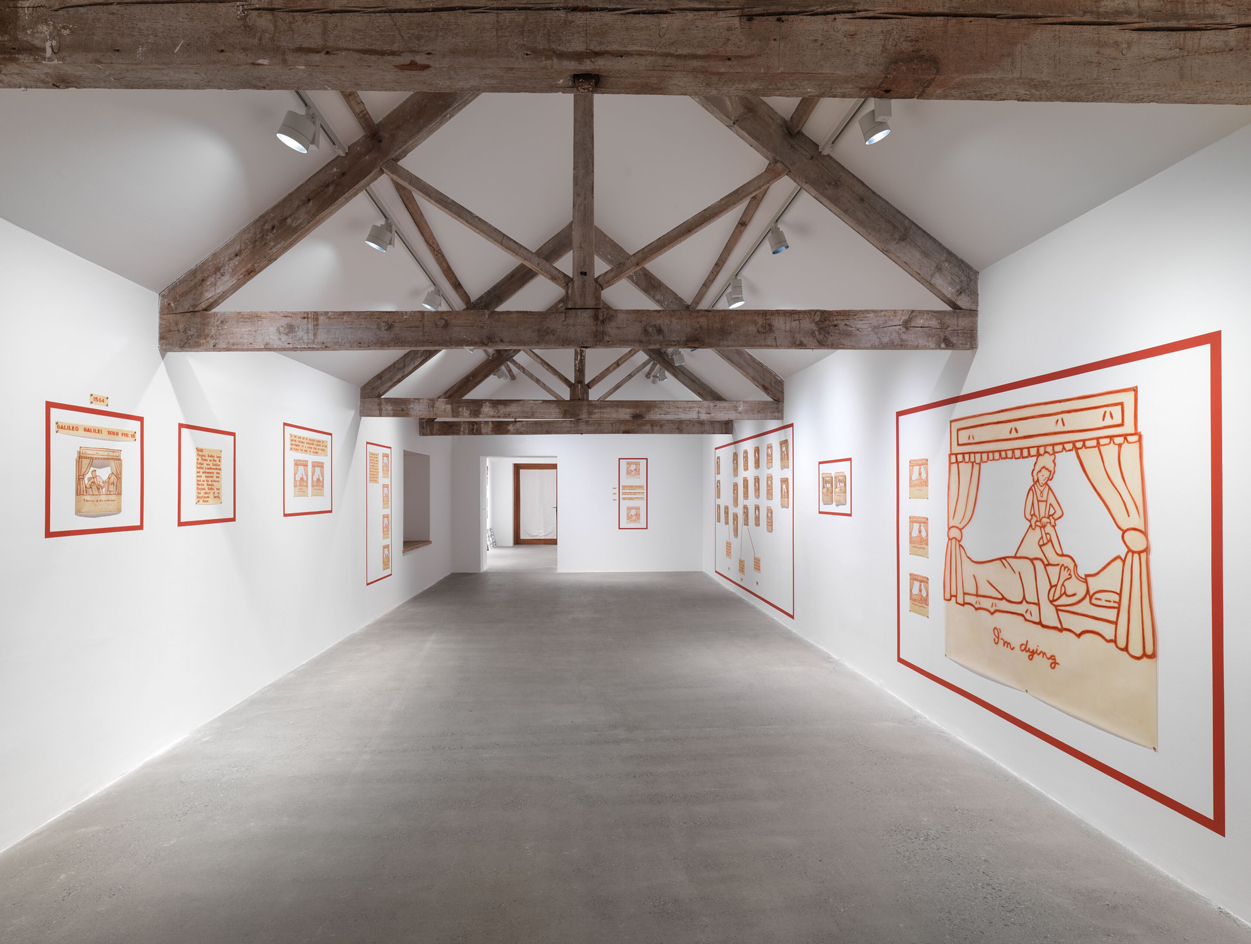
Installation view, ‘Ida Applebroog. Right Up To Now 1969 – 2021’, Hauser & Wirth Somerset, 2022 Courtesy the artist and Hauser & Wirth
At Mercy Hospital, she started to draw biomorphic forms, misshapen cells and odd internal organs. Out of hospital and influenced by Claes Oldenburg, she began to create a series of blobby, soft sculptures in muslin, shredded foam and rubberised cheesecloth. These works were never shown – Applebroog decided that they were accidentally too much like the work or Eve Hesse, an artist she was unaware of when she began the pieces – but photographs of them open the Hauser & Wirth show.
In the mid-1970s, after returning to New York, she started to work on a series of vignettes on Rhoplex, a sickly skin-like stand-in for vellum. They featured characters, often headless and genderless, trapped within theatre curtains and their fragmented thoughts. Later she started to self-publish books she called performances, series of cartoon film-stills, mundane and menacing with deep shadows. Life, argues Applebroog, is a performance. But more Beckett (she is a huge fan) than Broadway.
Receive our daily digest of inspiration, escapism and design stories from around the world direct to your inbox.
In the 1980s and 1990s, she made oil paintings on different size canvases, often arranged in groups and shown both hung and as figures in a landscape, which she called Marginalias. They are mostly a dark, muddy blood colour of violence or the threat of violence, with bodies broken and haphazardly mended. Bad medicine is a regular theme in her work. (Queen Elizabeth II, in ‘work clothes’ rather than regal finery, also pops up in a number of Applebroog’s paintings, an unlikely everywoman.)
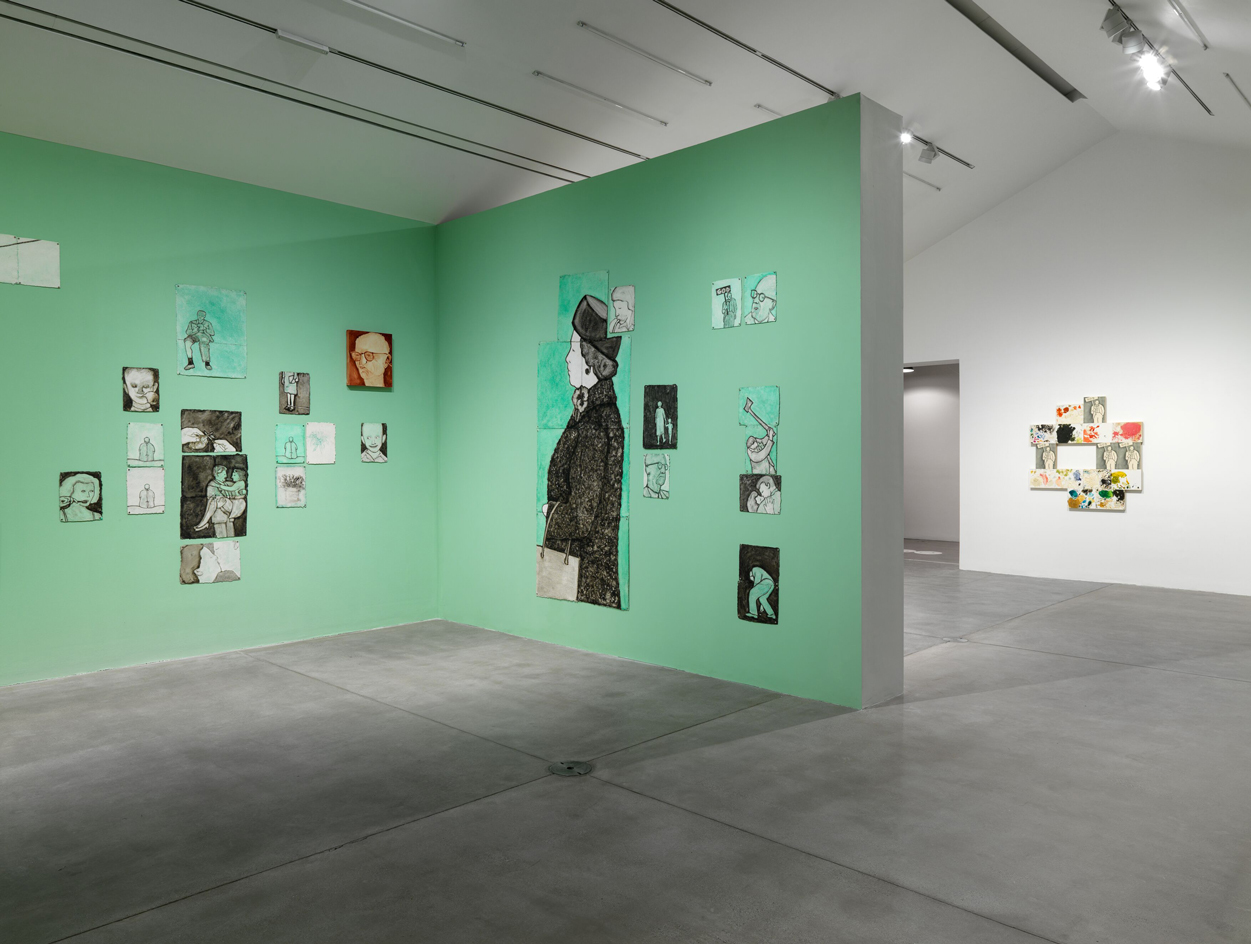
Installation view, ‘Ida Applebroog. Right Up To Now 1969 – 2021’, Hauser & Wirth Somerset, 2022 Courtesy the artist and Hauser & Wirth
During and after her stay at Mercy Hospital, Applebroog drew 150 remarkable sketches of her own genitals. Not forensic but assured, sometimes expertly drawn, sometimes almost abstract, they were intended as therapy but she decided to make them public in 2006 as Monalisa, which saw them scanned and printed on skin-like paper and displayed as the cladding of a room-sized wooden box. It’s a portrait both porous and entrapping. In 2012, continuing that personal excavation, she reprinted the journal she had kept in the mid-1970s and turned that too into an installation piece, including posters and tear sheets visitors could take away with them.
Applebroog’s subjects have mostly been people, figures, often just lines and without a landscape. Her 2016 series Angry Birds of America, then, feels like a radical left-run, darkly vibrant reworkings of John James Audubon’s iconic ornithological illustrations and her sly take on the rise of Trump. The works make clear that Applebroog – an admirer of Josef Albers – is an expert colourist and her newer works, which close the show, reveal more play with colour, abstraction and new technologies.
Applebroog is a hard artist to pin down – she shifts tone and medium – but then her art is about the act of pinning down. It is an art both deeply personal and deeply political but never posturing. And that background in ‘commercial art’ and the difficult history before becoming ‘Ida Applebroog’ give the work an odd staying power, a psychic timelessness, unfixed in any particular movement or moment or method. Like her name, Applebroog’s work is a unique invention.
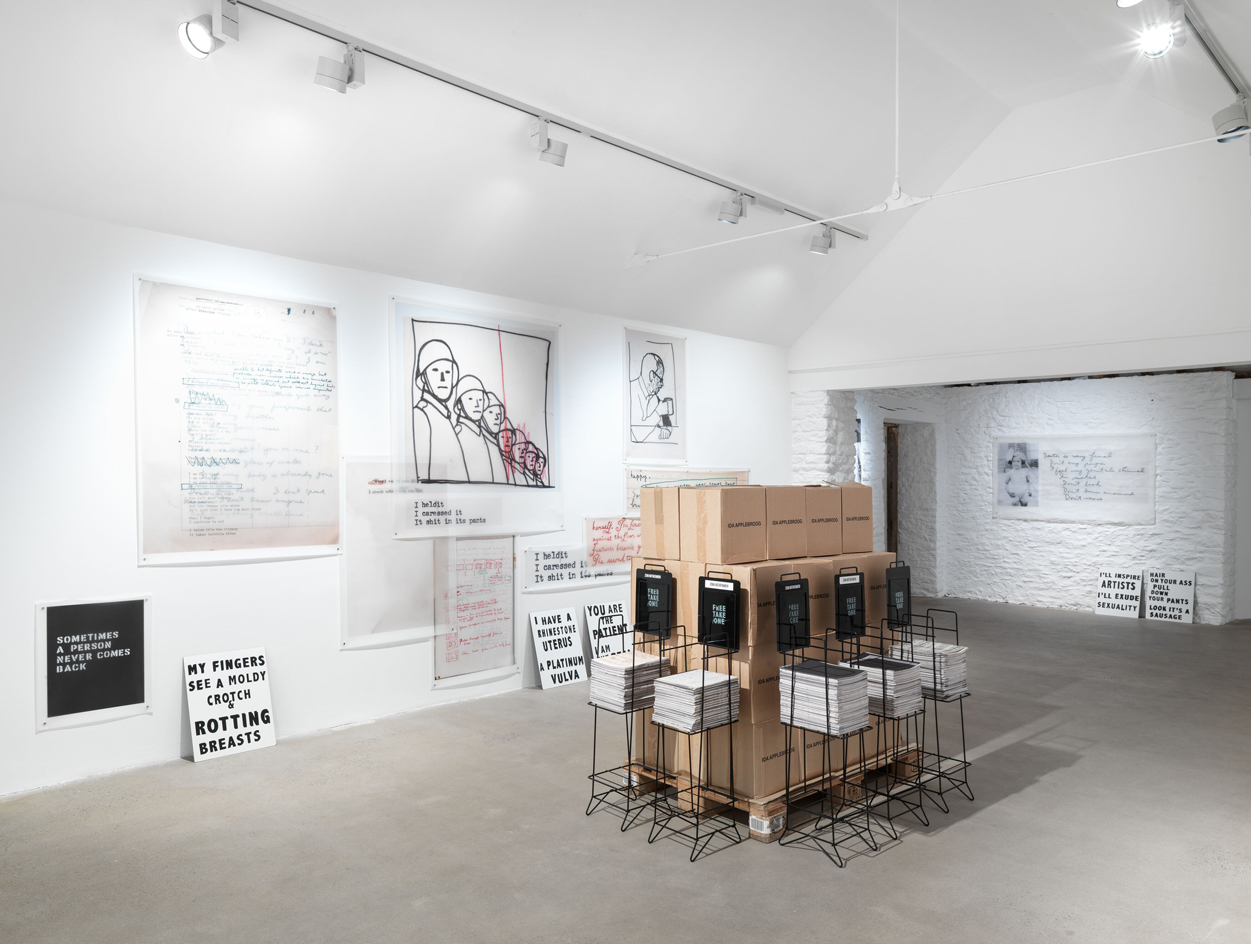
Installation view, ‘Ida Applebroog. Right Up To Now 1969 – 2021’, Hauser & Wirth Somerset, 2022 Courtesy the artist and Hauser & Wirth
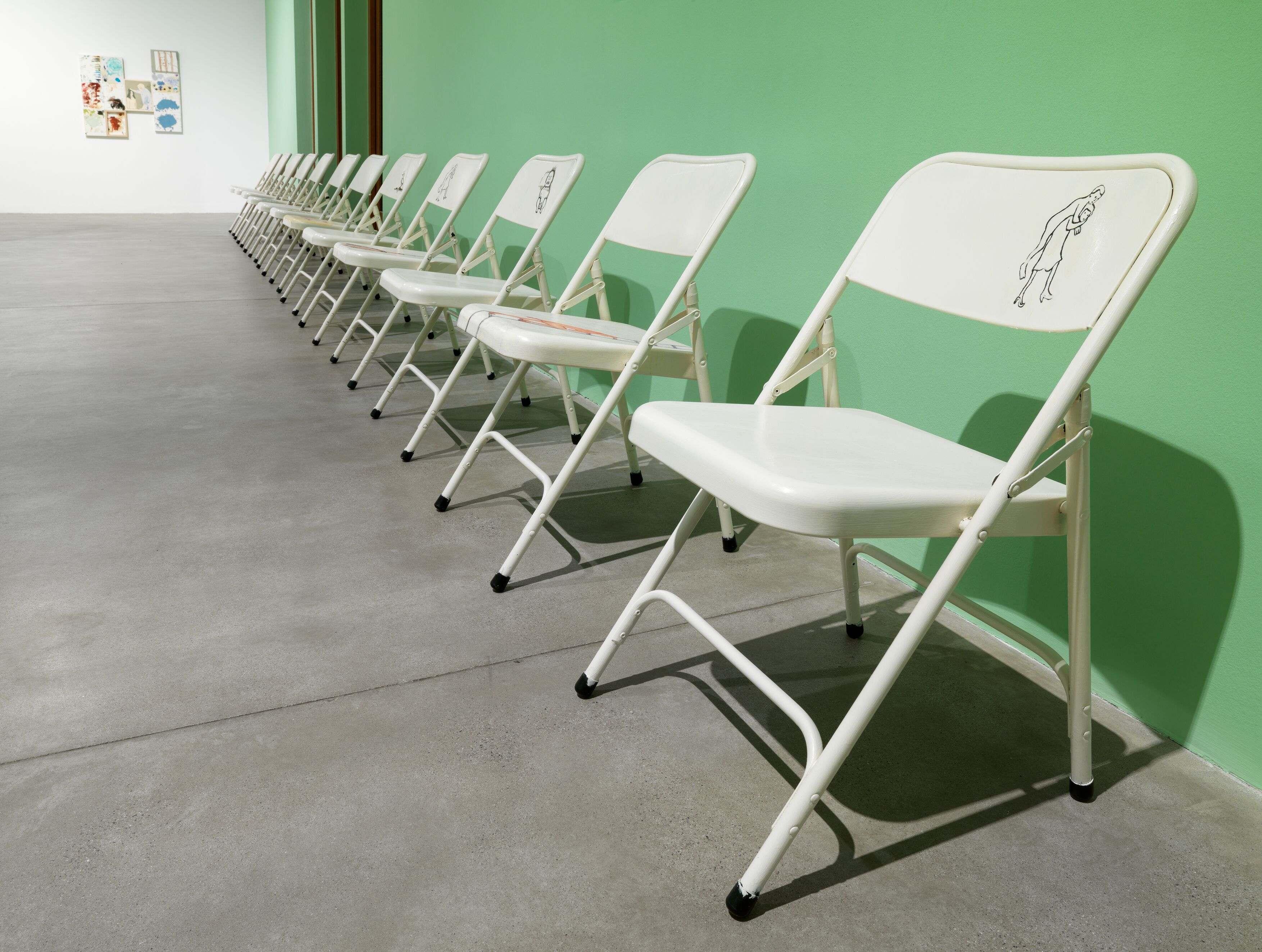
Installation view, ‘Ida Applebroog. Right Up To Now 1969 – 2021’, Hauser & Wirth Somerset, 2022 Courtesy the artist and Hauser & Wirth
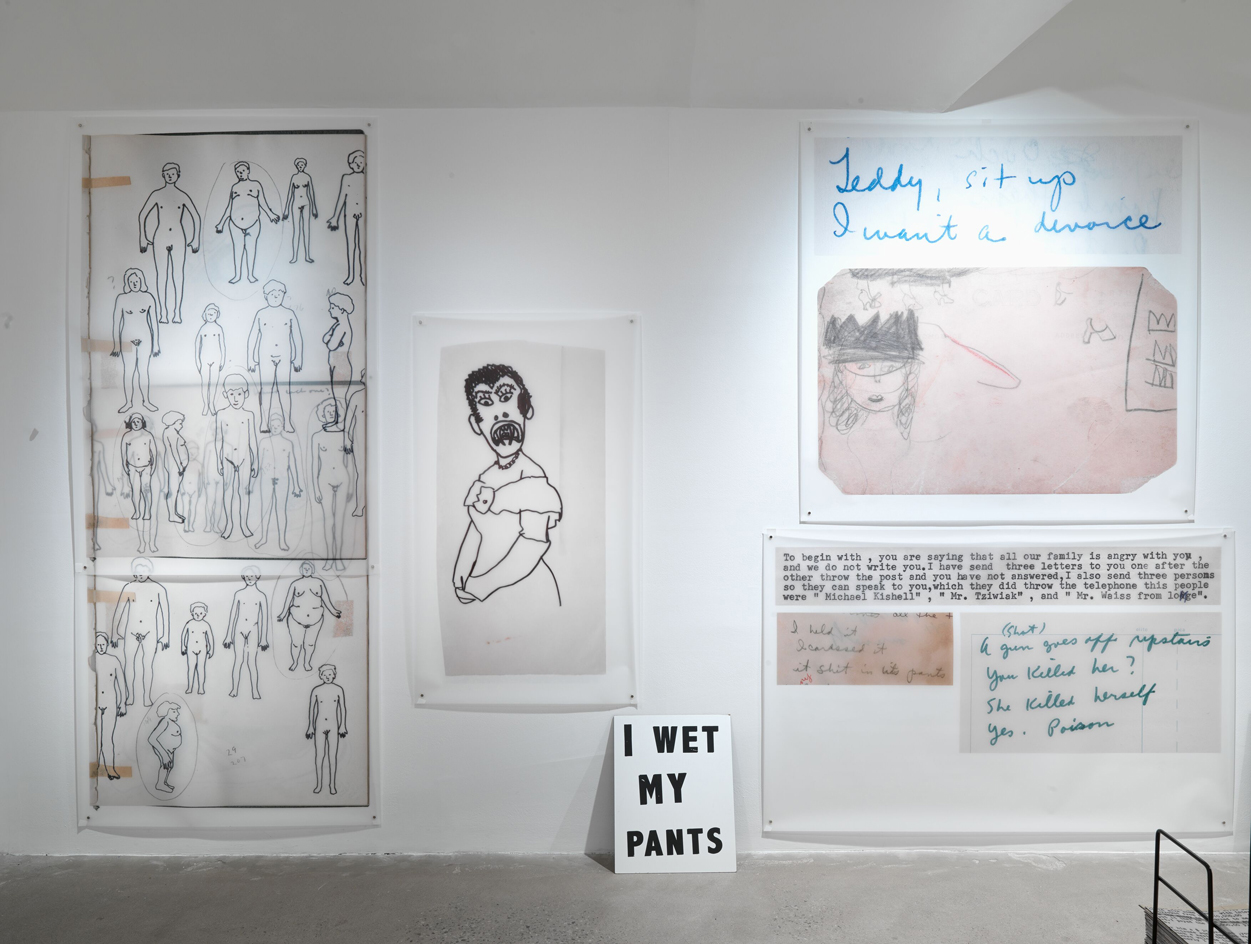
Installation view, ‘Ida Applebroog. Right Up To Now 1969 – 2021’, Hauser & Wirth Somerset, 2022 Courtesy the artist and Hauser & Wirth
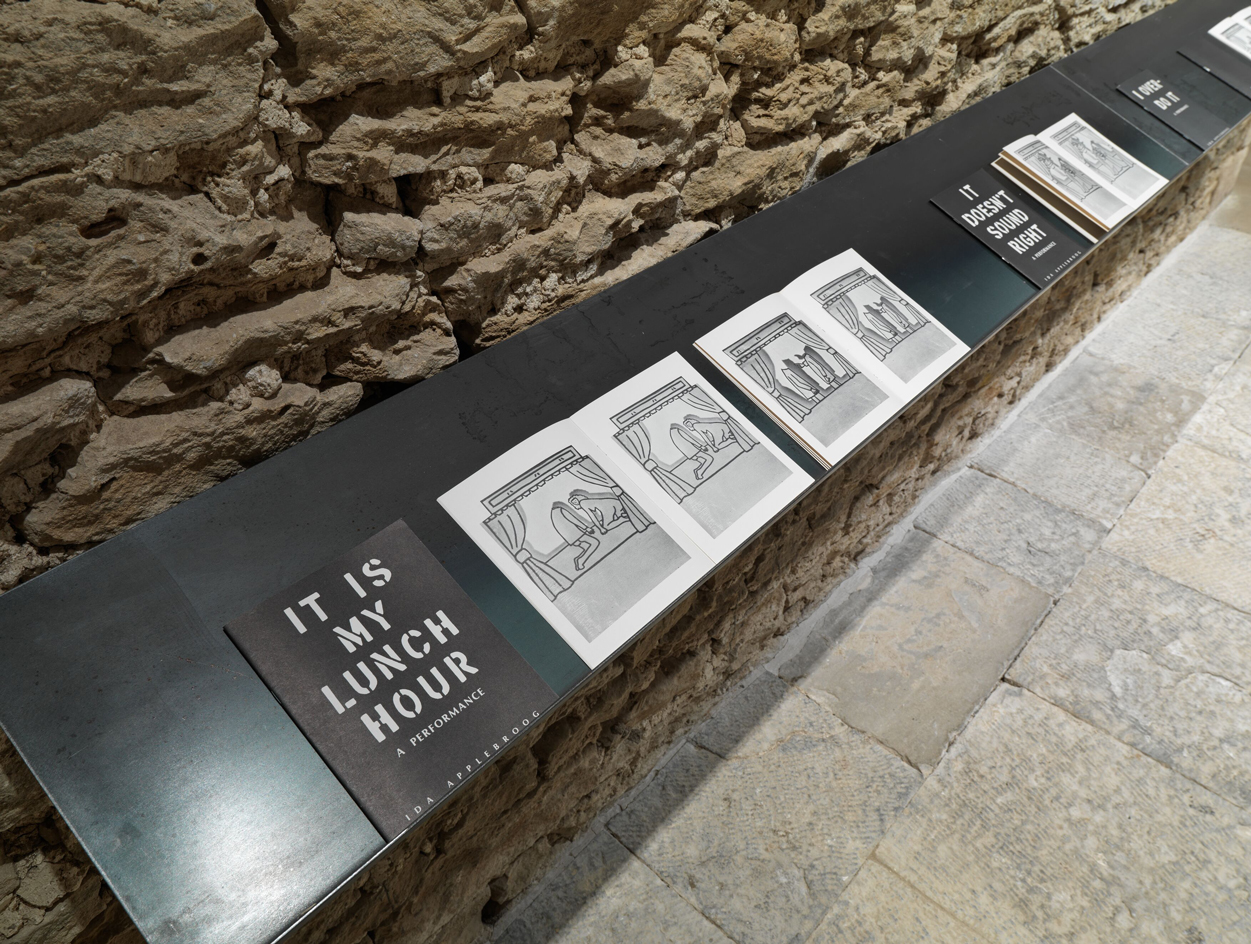
Installation view, ‘Ida Applebroog. Right Up To Now 1969 – 2021’, Hauser & Wirth Somerset, 2022 Courtesy the artist and Hauser & Wirth
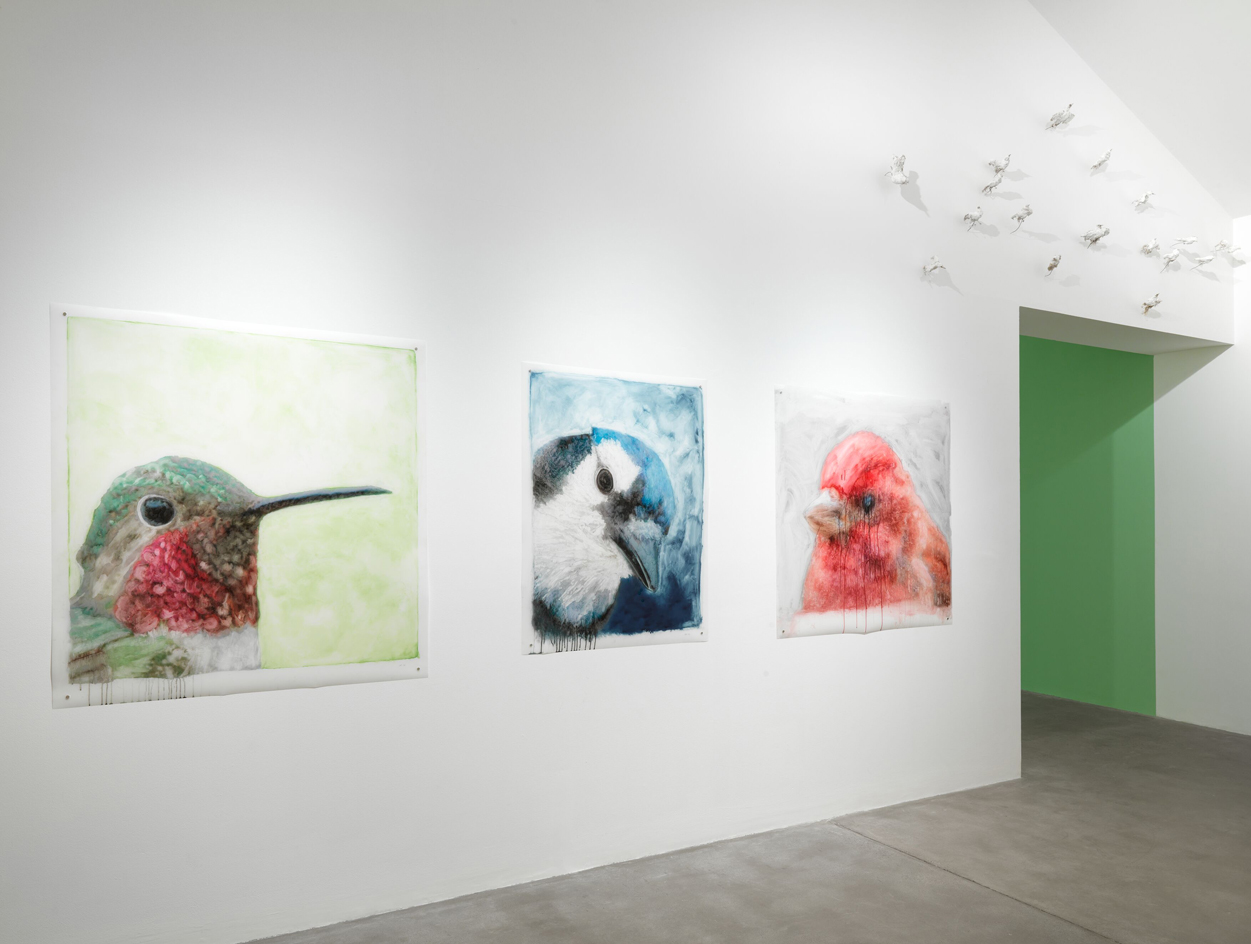
Installation view, ‘Ida Applebroog. Right Up To Now 1969 – 2021’, Hauser & Wirth Somerset, 2022 Courtesy the artist and Hauser & Wirth
INFORMATION
‘Ida Applebroog: Right Up To Now 1969 – 2021’ is at Hauser & Wirth Somerset, until 2 May 2022. hauserwirth.com
-
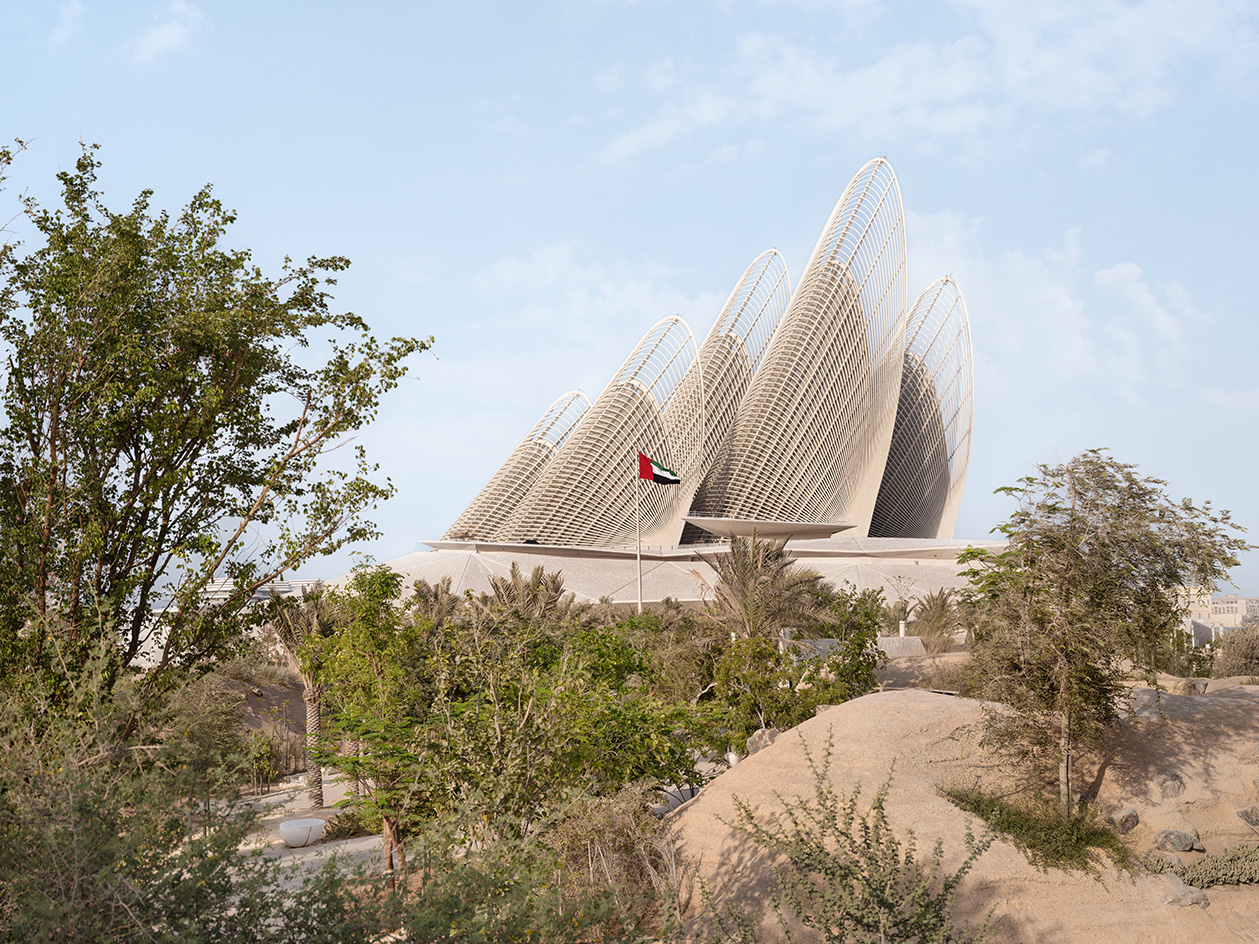 Zayed National Museum opens as a falcon-winged beacon in Abu Dhabi
Zayed National Museum opens as a falcon-winged beacon in Abu DhabiFoster + Partners’ Zayed National Museum opens on the UAE’s 54th anniversary, paying tribute to the country's founder and its ancient, present and evolving future
-
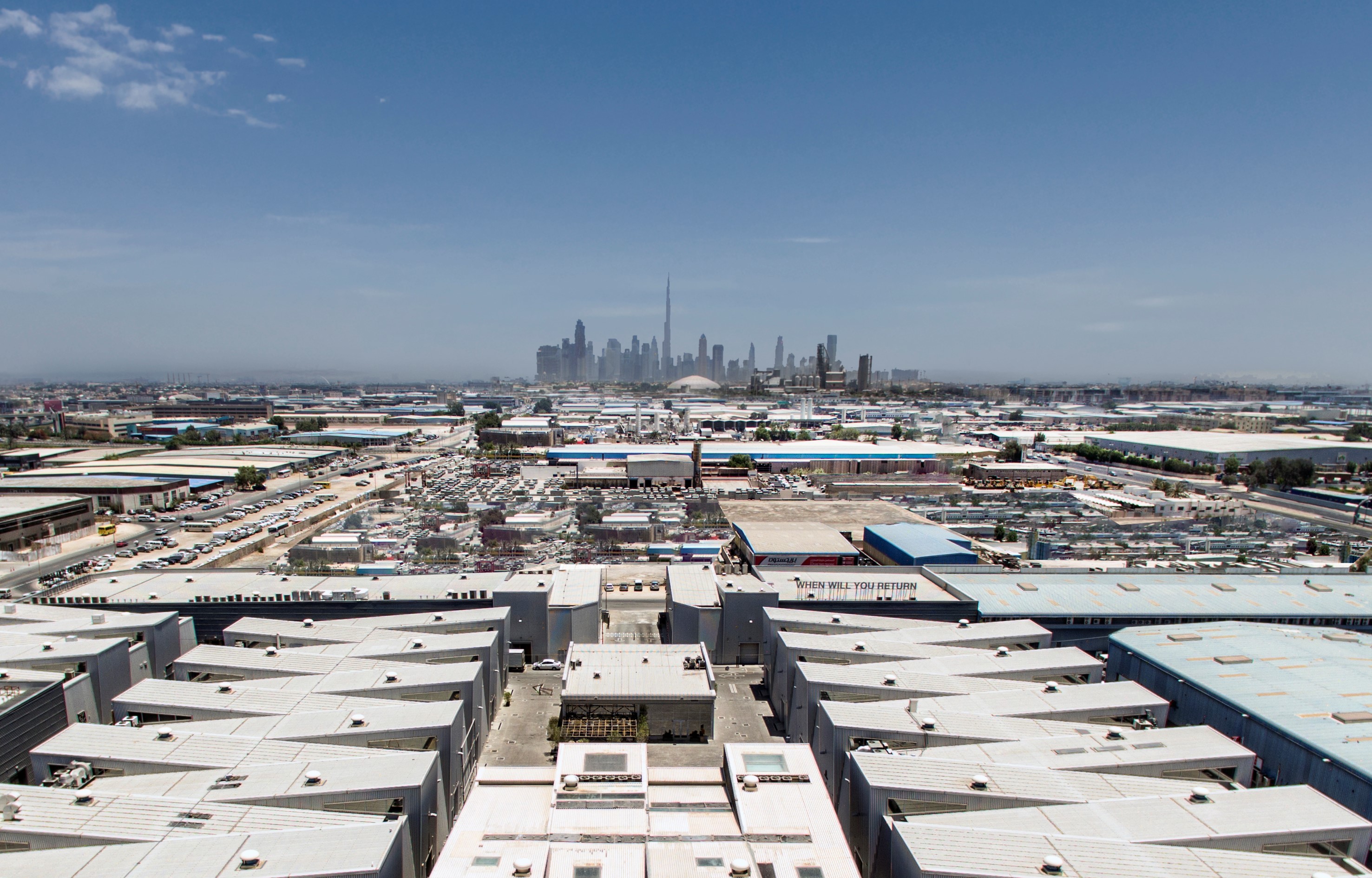 Design Miami announces Dubai collectible design platform in collaboration with Alserkal
Design Miami announces Dubai collectible design platform in collaboration with AlserkalThe new platform will honour the region’s cultural heritage while highlighting its spirit of innovation
-
 Four new keyboards are fresh and functional desktop companions
Four new keyboards are fresh and functional desktop companionsMechanical keyboards are all the rage, bringing with them new ways of personalising your desktop. We’ve found four devices that hark back to the early days of computing
-
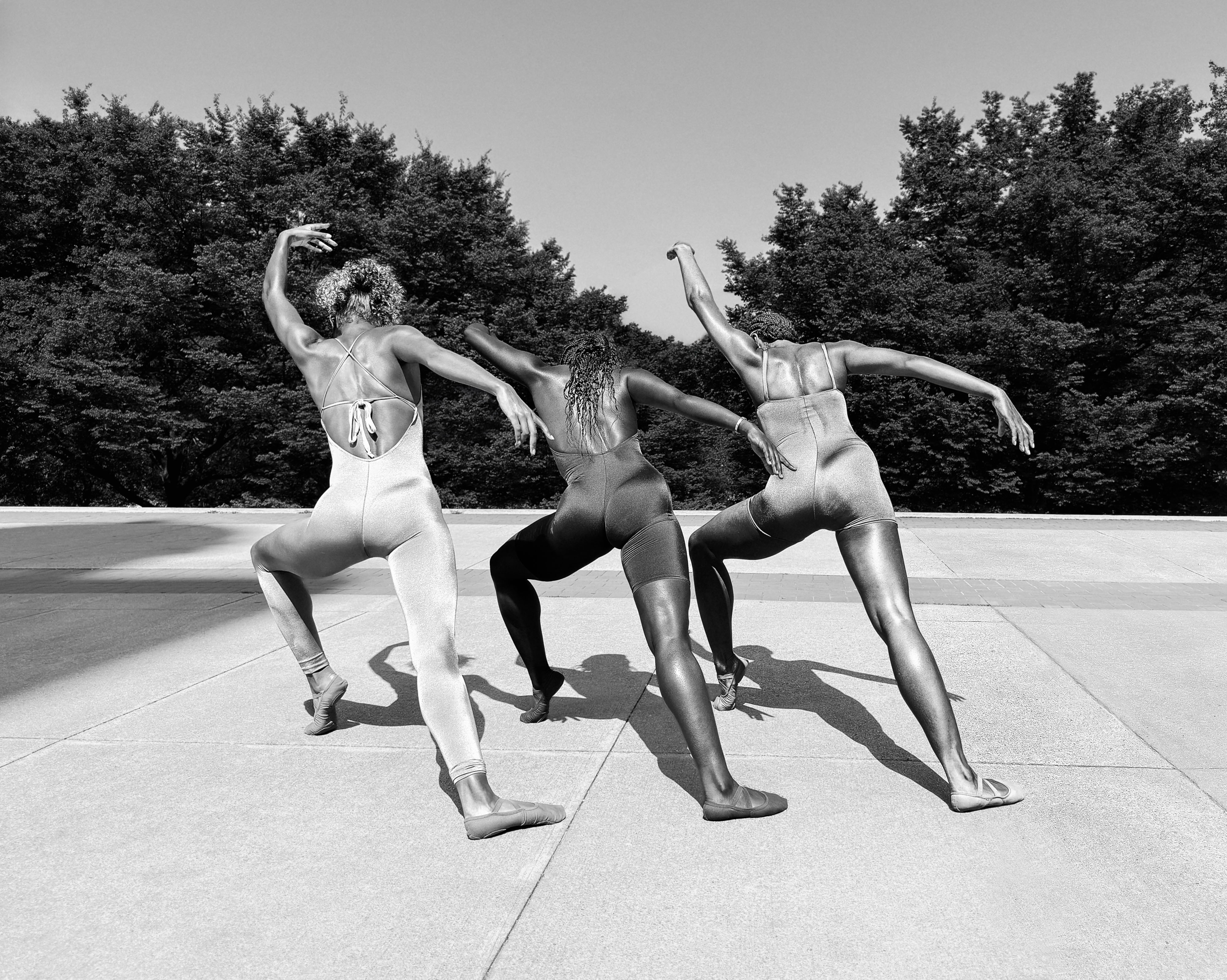 Apple unveils its next-gen camera in a powerful new photography exhibition
Apple unveils its next-gen camera in a powerful new photography exhibitionThe new iPhone 17 Pro Max takes centre stage in a New York exhibition where artists Inez & Vinoodh, Mickalene Thomas, and Trunk Xu explore the theme of joy
-
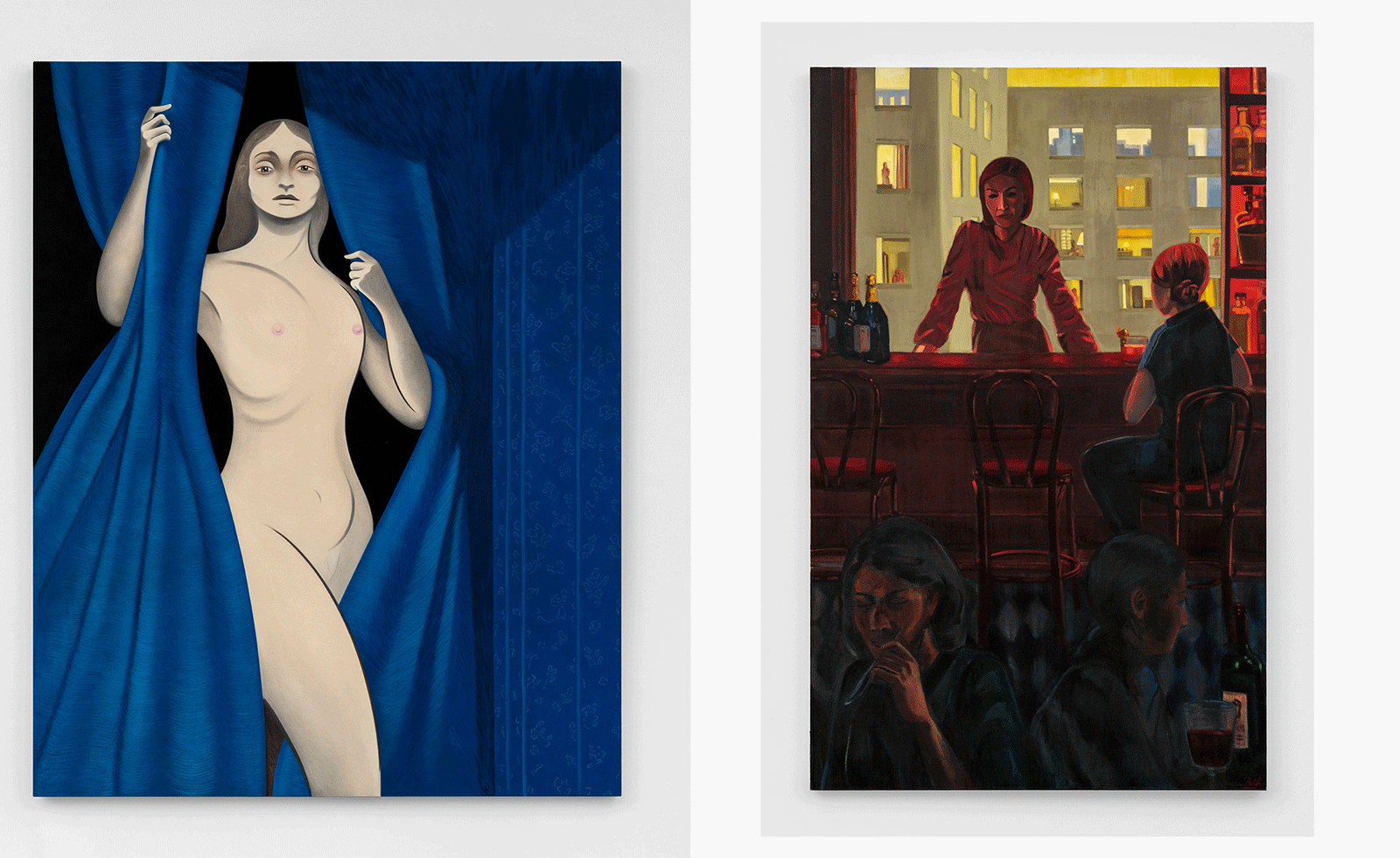 Artists imbue the domestic with an unsettling unfamiliarity at Hauser & Wirth
Artists imbue the domestic with an unsettling unfamiliarity at Hauser & WirthThree artists – Koak, Ding Shilun and Cece Philips – bring an uncanny subversion to the domestic environment in Hauser & Wirth’s London exhibition
-
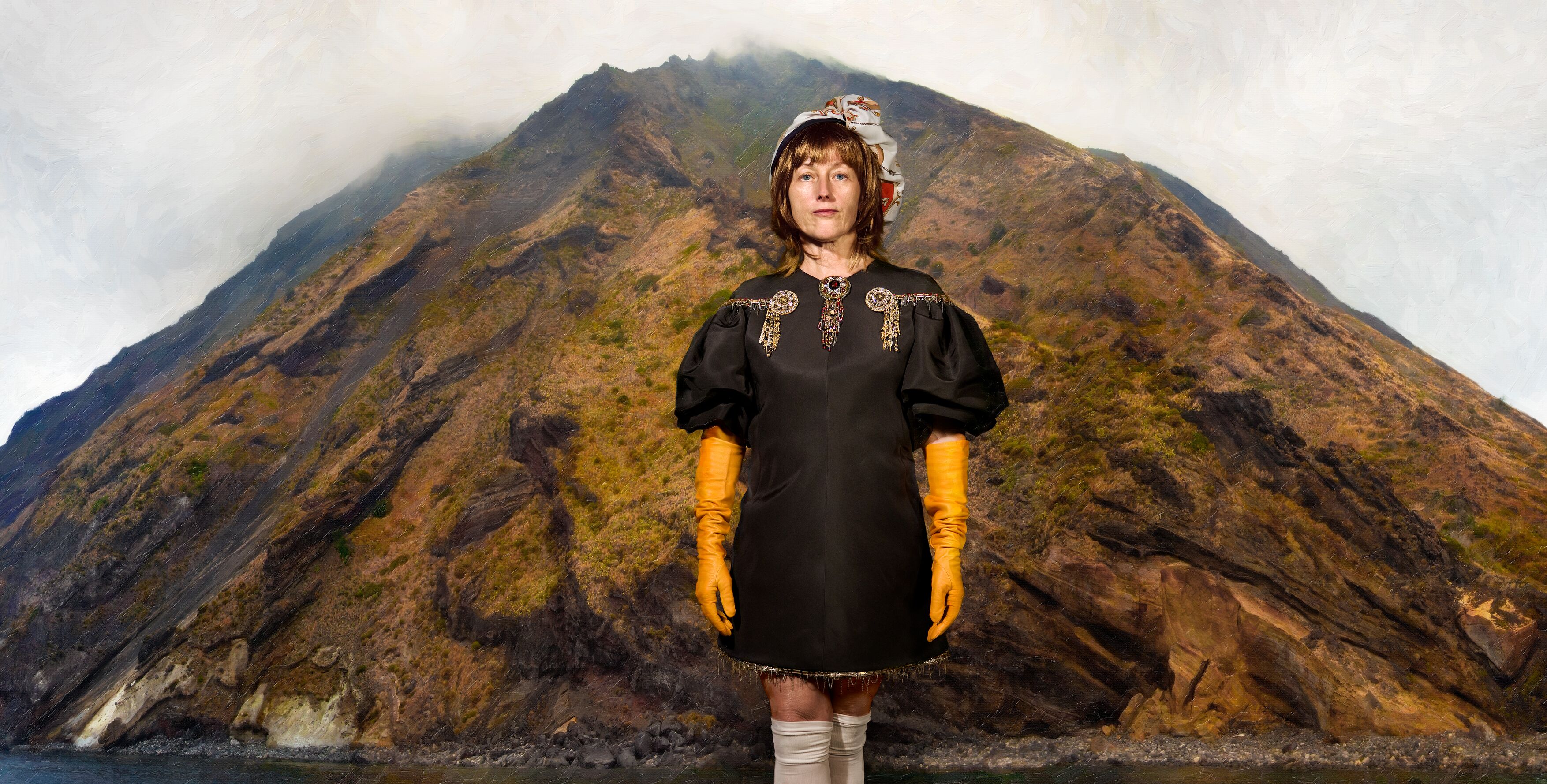 Cindy Sherman in Menorca: ‘She's decades ahead of social media and the construction of identity for the camera’
Cindy Sherman in Menorca: ‘She's decades ahead of social media and the construction of identity for the camera’‘Cindy Sherman: The Women’, its title a nod to an image-conscious 1930s Broadway hit, takes the American artist's carefully constructed, highly performative works to Hauser & Wirth Menorca
-
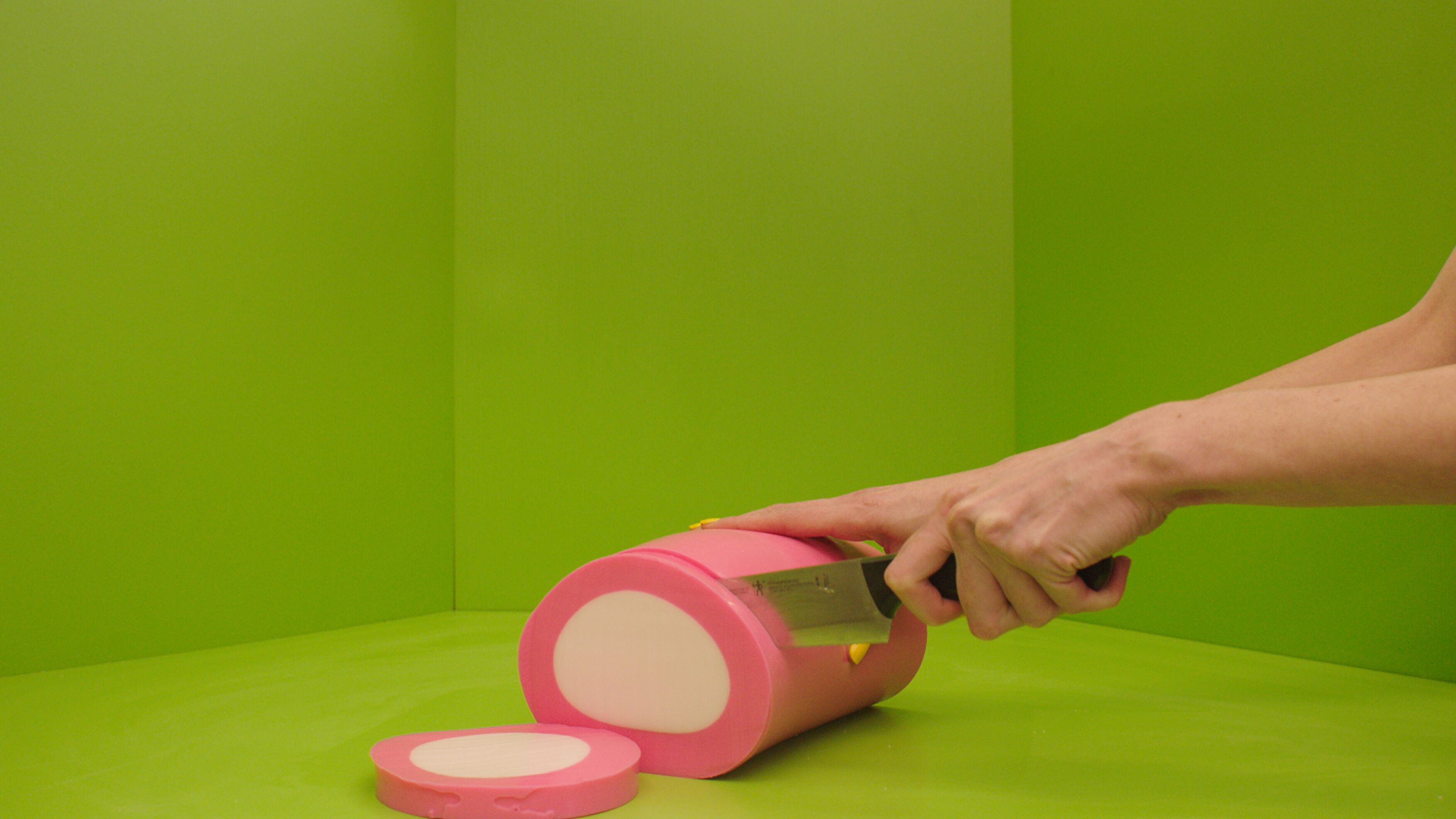 What is recycling good for, asks Mika Rottenberg at Hauser & Wirth Menorca
What is recycling good for, asks Mika Rottenberg at Hauser & Wirth MenorcaUS-based artist Mika Rottenberg rethinks the possibilities of rubbish in a colourful exhibition, spanning films, drawings and eerily anthropomorphic lamps
-
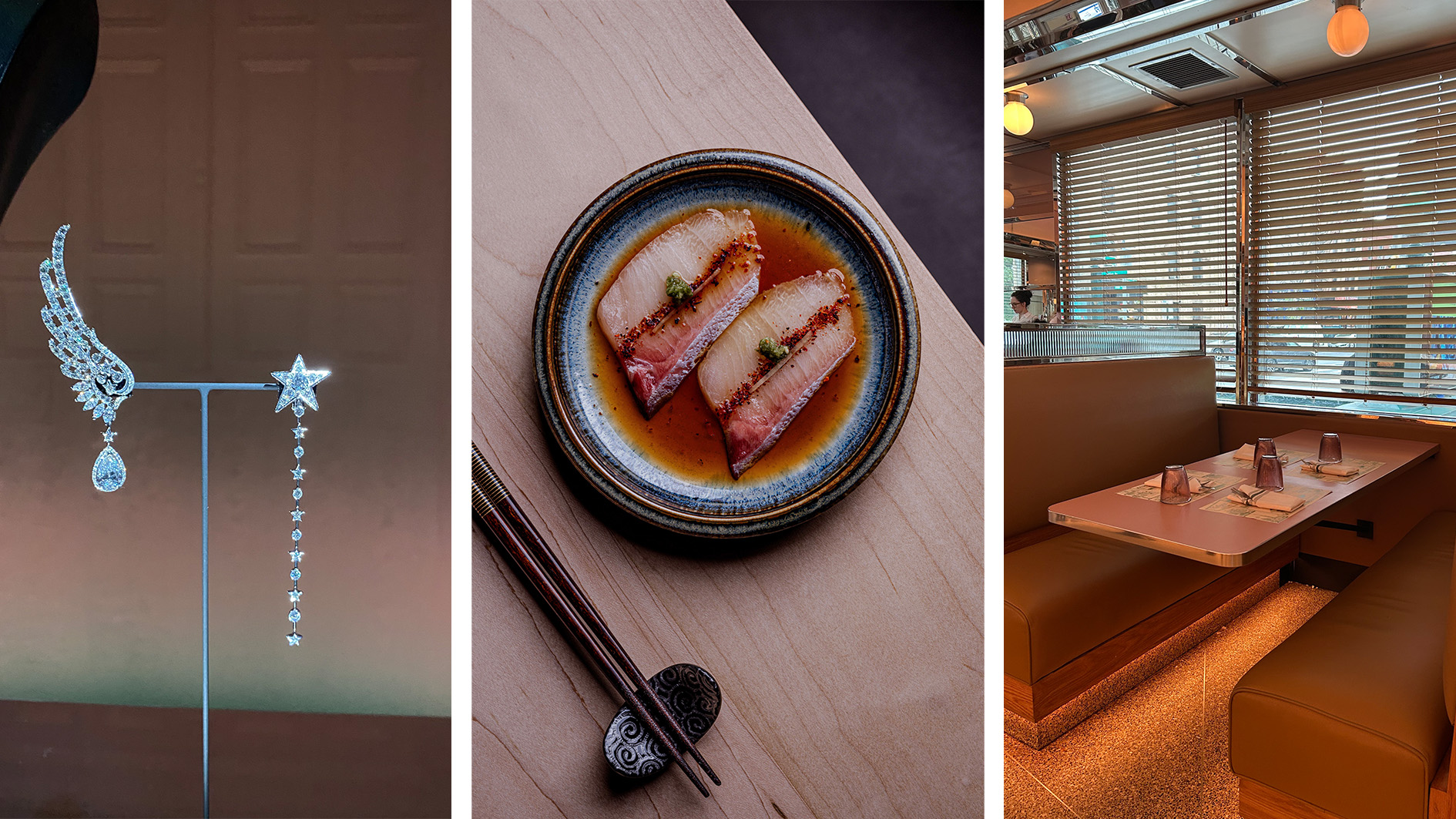 Out of office: the Wallpaper* editors’ picks of the week
Out of office: the Wallpaper* editors’ picks of the weekIt was a jam-packed week for the Wallpaper* staff, entailing furniture, tech and music launches and lots of good food – from afternoon tea to omakase
-
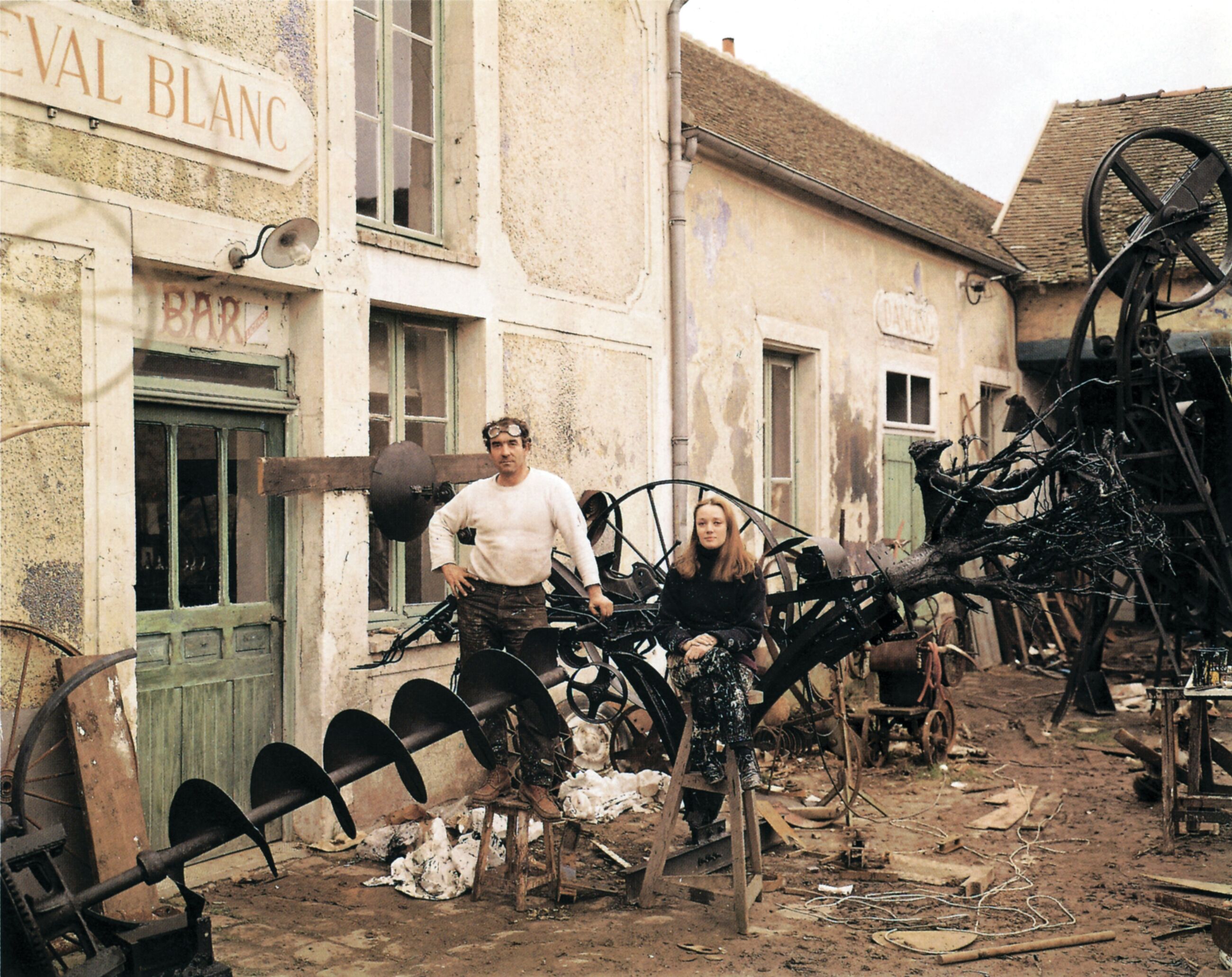 See the fruits of Niki de Saint Phalle and Jean Tinguely's creative and romantic union at Hauser & Wirth Somerset
See the fruits of Niki de Saint Phalle and Jean Tinguely's creative and romantic union at Hauser & Wirth SomersetAn intimate exhibition at Hauser & Wirth Somerset explores three decades of a creative partnership
-
 Inside the distorted world of artist George Rouy
Inside the distorted world of artist George RouyFrequently drawing comparisons with Francis Bacon, painter George Rouy is gaining peer points for his use of classic techniques to distort the human form
-
 Inside Jack Whitten’s contribution to American contemporary art
Inside Jack Whitten’s contribution to American contemporary artAs Jack Whitten exhibition ‘Speedchaser’ opens at Hauser & Wirth, London, and before a major retrospective at MoMA opens next year, we explore the American artist's impact
